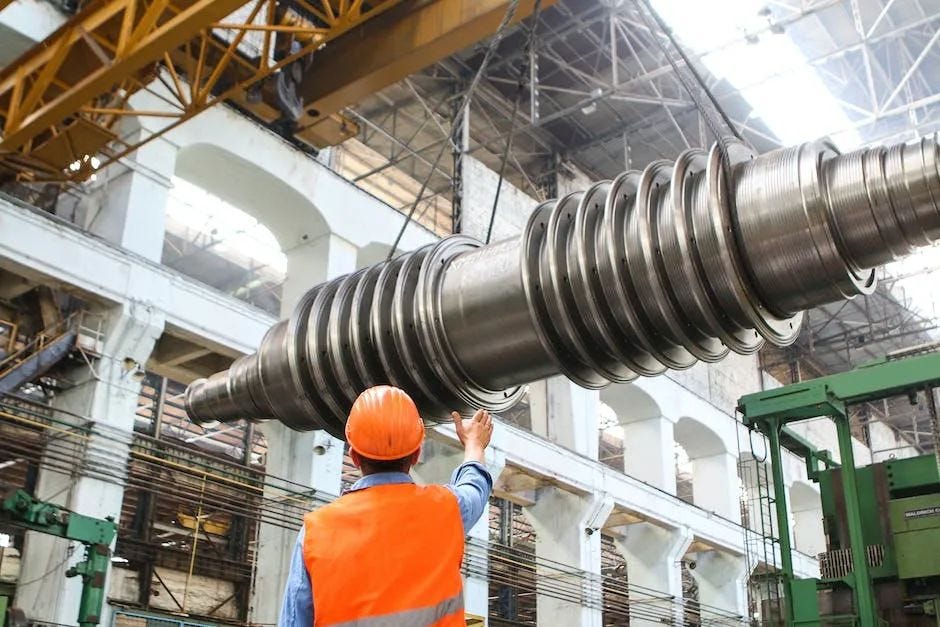Out of the epidemic, how can China consolidate and reshape the supply chain?
Author: Ding Gang, senior researcher at the Chongyang Institute for Financial Studies at Renmin University of China and senior editor at People's Daily
Unofficially translated from https://mp.weixin.qq.com/s/PCdzJpv1mNvd6QbNf2ARDA
Recently, two major industry news have attracted global attention. One is that TSMC plans to invest US$40 billion in the United States to build a factory producing high-end chips. US President Joe Biden attended the groundbreaking ceremony. Another one is that the US and Europe plan to impose tariffs on China's steel and aluminum by taking advantage of the carbon emission issue.
Obviously, the reconstruction of the supply chain in the United States and Europe is accelerating.
Some people may ask, the restructuring of the supply chain will have strong side effects on the US, Europe and the global economy, and may cause long-term inflation and violent exchange rate fluctuations. But these side effects will also help us understand this supply chain restructuring more accurately.
From the perspective of decision-making, the United States and Europe are determined and farsighted about the restructuring of the supply chain. Washington is determined to restructure, and regards it as a "battle of life and death" for whether the United States can continue to maintain its global dominance in the future, and is ready to bear the side effects, including a series of auxiliary policies, as well as the backlash effect of containment toward China.
When we are debating whether the United States can survive the inflation that has not been experienced in decades, and whether it will fall into an economic recession, the process of economic restructuring and re-industrialization in the United States has already started at full speed.
At present, China is emerging from the epidemic and recovering its economy at full speed, but the globalization we are facing has undergone major changes.
Since China's accession to the WTO in 2001, Chinese manufacturing has continued to grow and enter the global industrial chain, gradually becoming the most important chain in the global supply chain. China's rise is in tandem with China's escalating position in the global supply chain. More importantly, we have established a strong manufacturing team with fighting spirit.
Of course, this round of restructuring does not mean that anti-globalization will become mainstream. However, the reconstruction has brought about important changes in the structure of globalization on which China's rise depends, and the impact on China's economy can be said to be almost the entire industrial chain. There are not only high-end products, such as chips, batteries, and biotechnology, but also medium and high-end products, such as textiles, photovoltaics, steel and aluminum, etc.
This will not only have an impact on China's import and export, but will also have an important impact on China's domestic industries and the entire economy.
Some foreign media predict that this process will continue until 2030, and it will not be smooth sailing for the major industrial countries. This is not only a test of a country's ability to improve its economy, but also a test of its ability to withstand economic decline.
At present, the major industrial countries are roughly taking the same ways to restructure their supply chains. For example, to enhance the competitiveness of leading industries, to achieve self-sufficiency in the entire supply chain for key industries as much as possible, to increase investment and innovation in key areas, and to nearshore and friendly shore outsourcing, etc.
But none of this would be possible without people, a workforce willing and able to afford manufacturing improvements.
The competition to reconstruct the supply chain is first of all the competition of people, the competition of labor force level.
Why is it difficult for India, a populous country around us, to replace China in the manufacturing sector? Because of lack of infrastructure, lack of logistics, lack of corresponding legal environment...the most important thing is that they don't have a labor force with the same quality as China. India's social and cultural environment is also difficult to cultivate the spirit and values necessary for the development of the manufacturing industry.
The main challenges facing the reconstruction of the supply chain in the United States and Europe are also here. How much they can regain the spirit of the original manufacturing development will determine how far their re-industrialization can go.
The key now is that when we get out of the epidemic, we must go all out to restore the original global sales network, and we must find ways to consolidate and continuously improve the labor force level of China's manufacturing industry, especially to preserve the human resources of small, medium and micro enterprises.
Stabilizing the manufacturing industry is the key to achieving steady progress.


